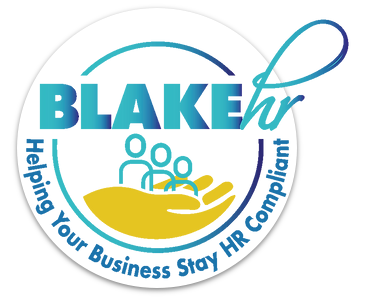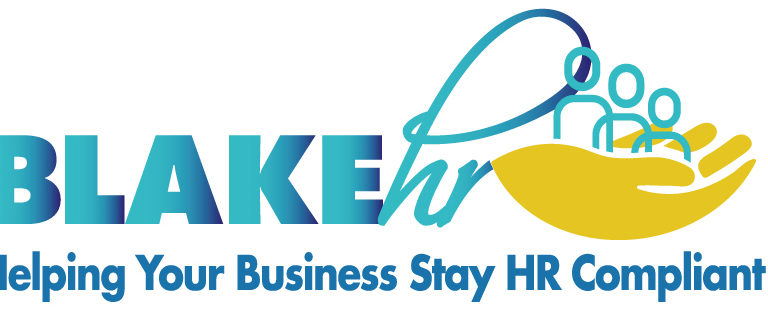Is Employee Autonomy Safe? Exploring the Benefits and Risks
The question of employee autonomy is now more relevant than ever. More and more companies are shifting toward remote work and flexible hours. As a result, leaders often ask, “Is it safe to give employees more autonomy?” This is a fair concern. You want your employees to perform well, but you also want to make sure they stay on track. The good news is that giving employees more freedom can lead to higher productivity, satisfaction, and even profits. However, there are some risks to be aware of. In this blog post I will explore whether giving your employees more autonomy is the right move for your business.
But first, what Is employee autonomy?

Before we dive in, let’s define employee autonomy. It means giving your staff the freedom to make decisions about how they do their work. Rather than micromanaging every detail, you trust them to organise and complete tasks in a way that works best for them. Autonomy can include choices about when, where, and how to work, as long as they meet their goals.
Benefits of giving employees more autonomy
Now, let’s talk about the benefits. Giving your team more freedom can have many positive effects.
1. Better Job Satisfaction
First, autonomy can increase job satisfaction. When people feel in control of their work, they are often happier. They feel trusted, which makes them more committed to their roles. Happy employees tend to stay longer, which means less turnover and less time spent on hiring.
2. More Creativity and Innovation
Next, autonomy can boost creativity. When employees have the freedom to find their own solutions, they often come up with fresh ideas. Autonomy encourages employees to think in new ways, helping your company stand out in the marketplace. Creativity and innovation are key for long-term success.
3. Higher Productivity
Autonomy doesn’t mean people will slack off. In fact, studies show that employees who have more control over their work are often more productive. They feel responsible for their tasks and work harder to get them done. When employees manage their own schedules, they’re more likely to meet deadlines and perform well.
4. Improved Work-Life Balance

Lastly, autonomy can help employees achieve a better work-life balance. When people can adjust their schedules to fit personal needs, they experience less stress. This balance leads to happier and more motivated employees. Over time, this means less burnout and better performance.
Risks of giving employees more autonomy
While autonomy can bring many benefits, it also comes with risks. Here are a few things to keep in mind.
1. Possible Lack of Accountability
One risk is that some employees may struggle with accountability. Without enough guidance, some might miss deadlines or fail to complete tasks. To avoid this, make sure you set clear expectations and track progress regularly.
2. Inconsistent Work Quality
Another potential risk is inconsistent work quality. Not everyone manages autonomy well. Some employees may need more structure to deliver high-quality work. If this becomes an issue, regular feedback and training can help.
3. Communication Gaps
When employees work more independently, communication can sometimes break down. This is especially true with remote work. It’s easy for people to feel isolated or out of the loop. To prevent this, you need to set up clear communication channels and check in regularly.
How to safely give employees more autonomy
So, how can you make autonomy work for your team? Here are some strategies to ensure success.
1. Set Clear Expectations
First, always set clear expectations. While you’re giving your employees freedom, they still need to know what’s expected of them. Define their goals, deadlines, and responsibilities from the start. This will help them stay focused while working independently.
2. Offer Support and Resources
Next, be sure to offer support. Autonomy doesn’t mean leaving employees to figure everything out alone. Provide the resources and training they need to succeed. Stay open to questions and offer guidance when necessary. This will help them thrive with more freedom.
3. Monitor Progress Without Micromanaging
It’s also important to monitor progress. Regular check-ins help you make sure things are on track. However, be careful not to micromanage. Offer oversight, but let your employees manage their own work. This balance is key to successful autonomy.
4. Encourage Open Feedback
Finally, ask for feedback from your employees. Autonomy is a two-way street. Ask your team what’s working for them and what isn’t. This will help you adjust your approach and make sure everyone benefits from the increased freedom.
Conclusion: Is it safe to give employees more autonomy?

In conclusion, giving employees more autonomy can be a smart choice. Although there are risks, such as a lack of accountability or inconsistent quality, these can be managed. Setting clear guidelines and offering the right support can help you avoid these issues. The benefits – higher productivity, improved job satisfaction, and greater creativity – often outweigh the risks. So, by trusting your employees and staying connected, you’ll likely find that giving them more autonomy is not only safe but also highly effective.
Want to know more? I’ll post more on this topic soon, so look out for regular updates. You can also complete my contact us form or book a call now to find out how BlakeHR can help you to manage employee autonomy.


Are you ready to boost productivity through autonomy? Contact us today to explore the benefits and start empowering your team
If this guide has inspired you to get started, what are you waiting for? And if it’s left you with more questions or you’d like some assistance getting started, get in touch. we’d be happy to help.
Give us a call on 07422 727229 or contact us using the form below - we will be happy to answer any questions.



